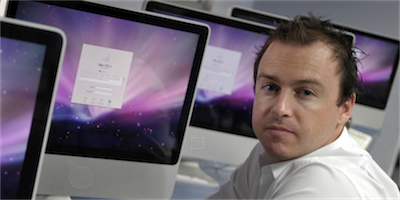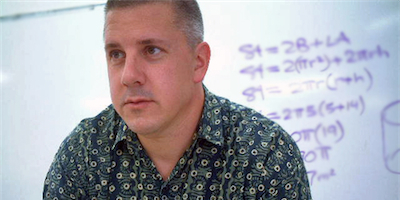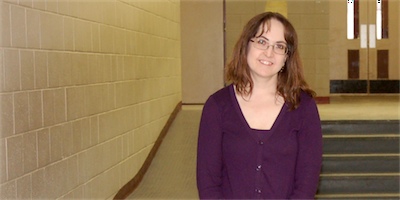Name: Thomas Petra (@RealWorldMath | About | Real World Math website)
Current title: Founder of RealWorldMath.org
Selected accolades: 50+ 3D buildings in Google Earth, Google Certified Teacher
What is the best part of your job?
I feel a general sense of freedom when I design math lessons for Google Earth. In the past, I always ended up altering the material that goes along with the traditional math instruction so that it was more interesting or challenging to my students. Now I have more tools that enable me to do this.
I can choose the concepts I want to focus on and the way I present them. Google Earth allows me to bring elements of history, science, or geography into a math lesson. I try to show math in meaningful situations…if I can do this, then students can make relevant connections.
In your 20 years as an educator, has technology directly improved your teaching ability? If so, are there measurable indicators you use to assess this?
Technology makes my instruction multidimensional. Math instruction typically has students playing a passive role in learning, but with technology I was able to create lessons where they are active participants. Instead of disseminating information, I can create environments where students construct their own knowledge.
Technological benefits are not easily measured by conventional assessments. I find that technology boosts higher‐level thinking skills that the standardized tests don’t measure and it helps to build positive student attitudes towards mathematics. I still relate my content to the CORE standards but I feel it goes beyond that.
What are some essential websites or software offerings that you regularly use with students beyond Google Earth?
I’ve taught math students how to use SketchUp to make models of polyhedrons and 3D buildings. I think it’s a great tool for project-‐based learning activities. It incorporates measurement, modeling, photography, and plenty of opportunities for problem solving. We modeled over 30 buildings of a community center together.





